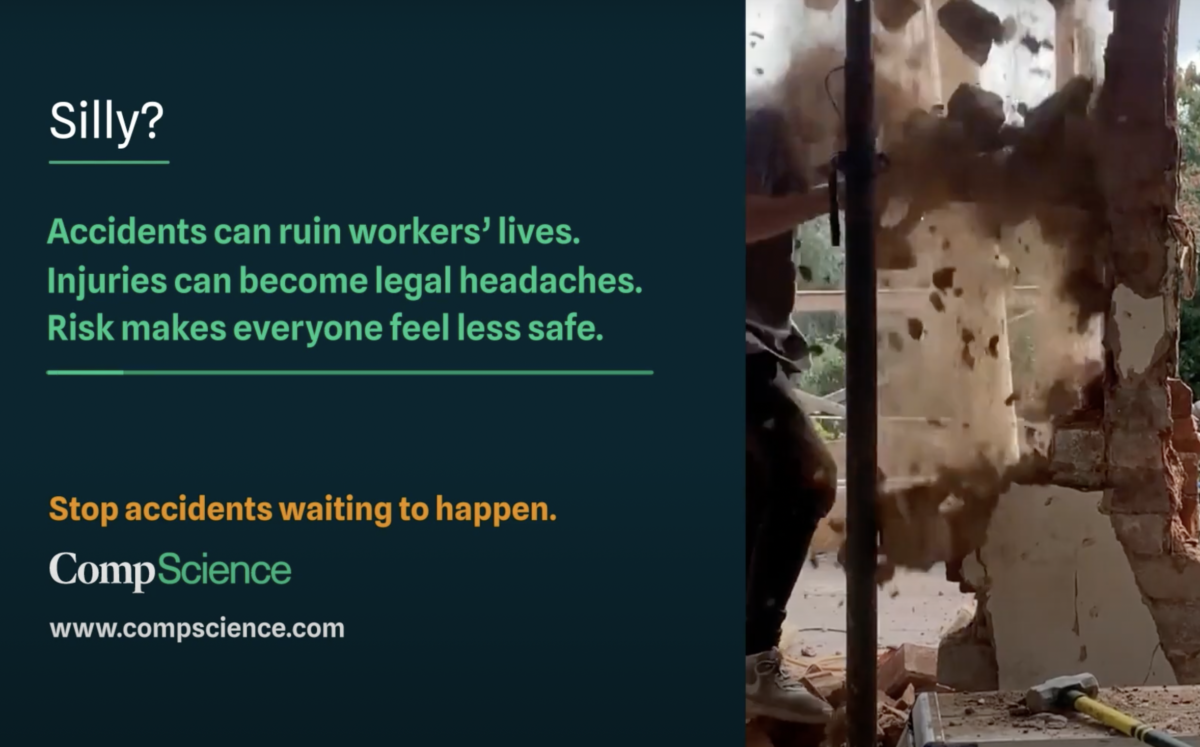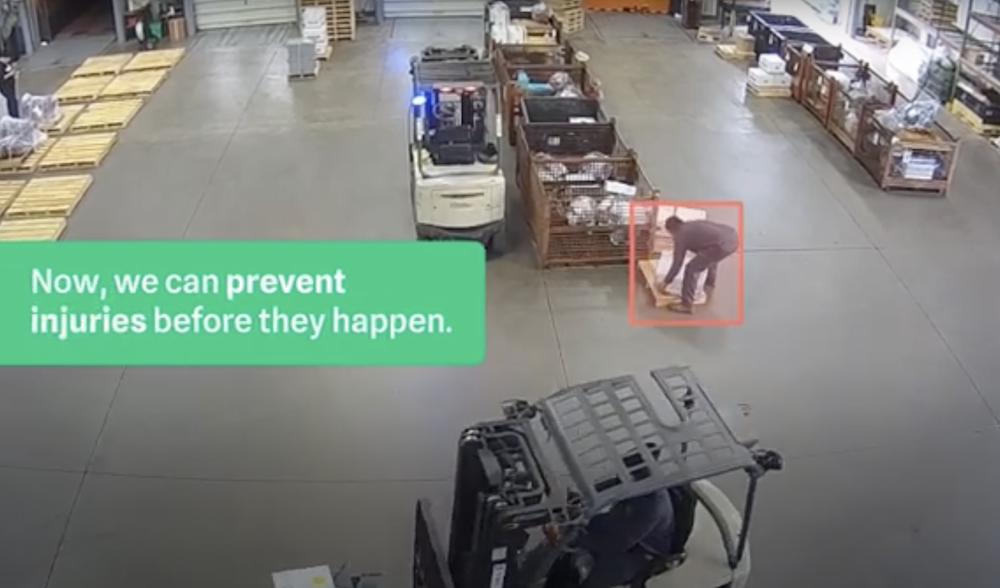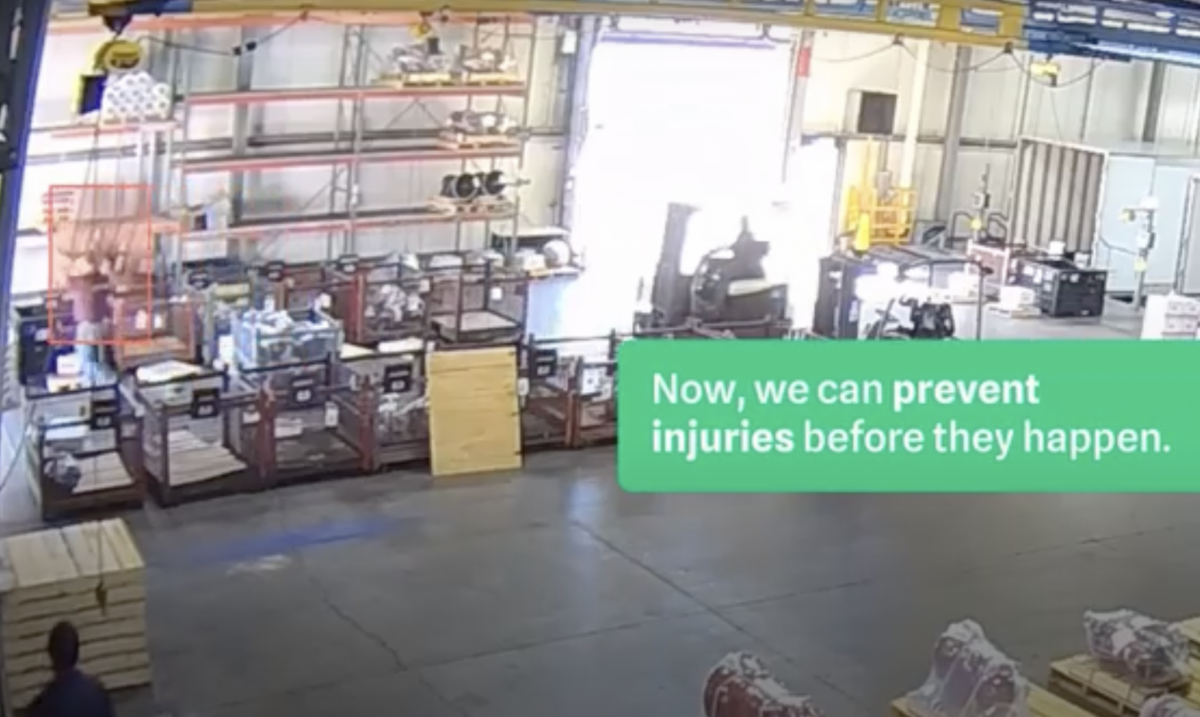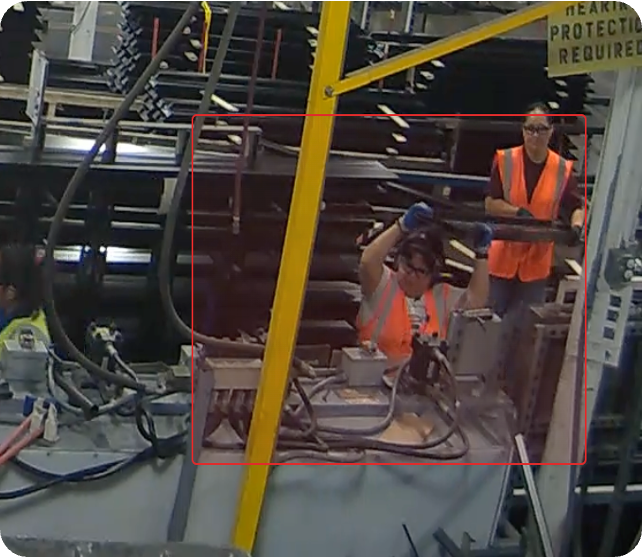Insight
Why Supply Chain Safety Matters: 2.3 Million Deaths Worldwide Annually
Supply chains are crucial networks of contractual arrangements that provide goods and services to an organization for internal use or onward sale to customers. To ensure the quality of these products, the supply chain is typically managed with contract conditions and oversight. However, workplace safety is a critical issue that must be considered throughout the supply chain.
According to the International Labour Organisation, more than 2.3 million people die every year as a result of occupational accidents or work-related diseases. In addition, 317 million accidents occur on the job annually, resulting in significant human and business costs. Inadequate workplace safety drains approximately 4% of global GDP each year, leading to costly issues such as early retirements, loss of skilled staff, absenteeism, and high insurance premiums.
Three key factors govern workplace safety across the supply chain: economic and resource pressures, the size of the working environment, and the lack of a coordinated approach to workplace safety and communication. To improve workplace safety, exporters can use resources such as Corporate Social Responsibility (CSR) strategies, the International Labour Organisation (ILO) guidelines, and government regulations and industry regulatory bodies.
CSR strategies can be used to advocate for better workplace safety practices and impose financial penalties on those who do not comply with agreed standards. The ILO has developed standard workplace and labour safety guidelines, research documents, and resources to help companies create safer workplaces for staff across their enterprise and supply chain. Governments and regulatory bodies can help regulate supply chains through work health and safety legislation, principal contractor duties, and other legislation that protect vulnerable workers.
To ensure compliance with workplace safety guidelines, consistent, scalable, end-to-end auditing is necessary. Compliance Checkpoint is a flexible and scalable software platform that automates audit, risk, and compliance tasks using integrated cloud technology and tablet functionality. Adopting this solution can better manage compliance requirements across an organization and the entire supply chain, leading to real business benefits.





